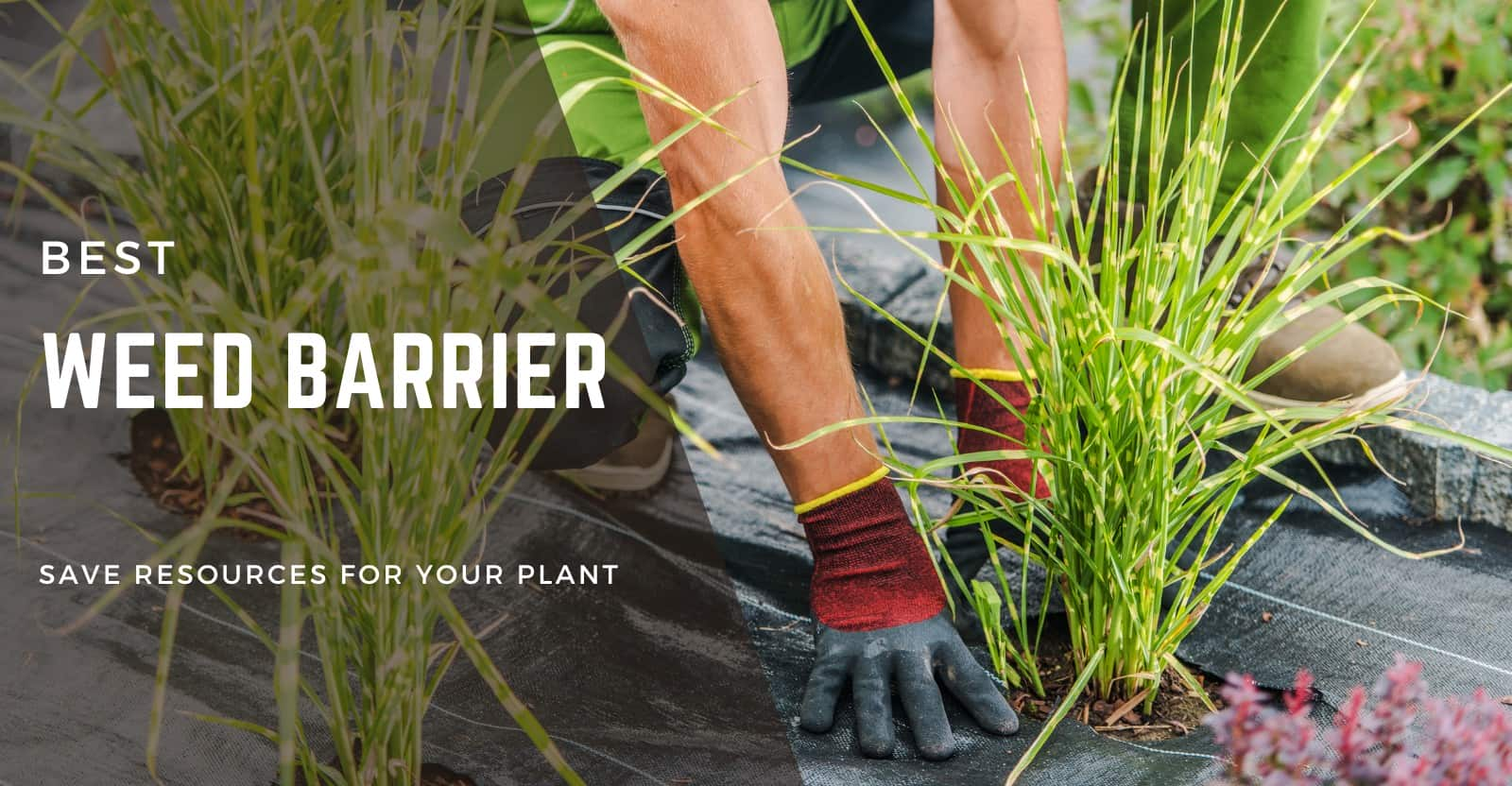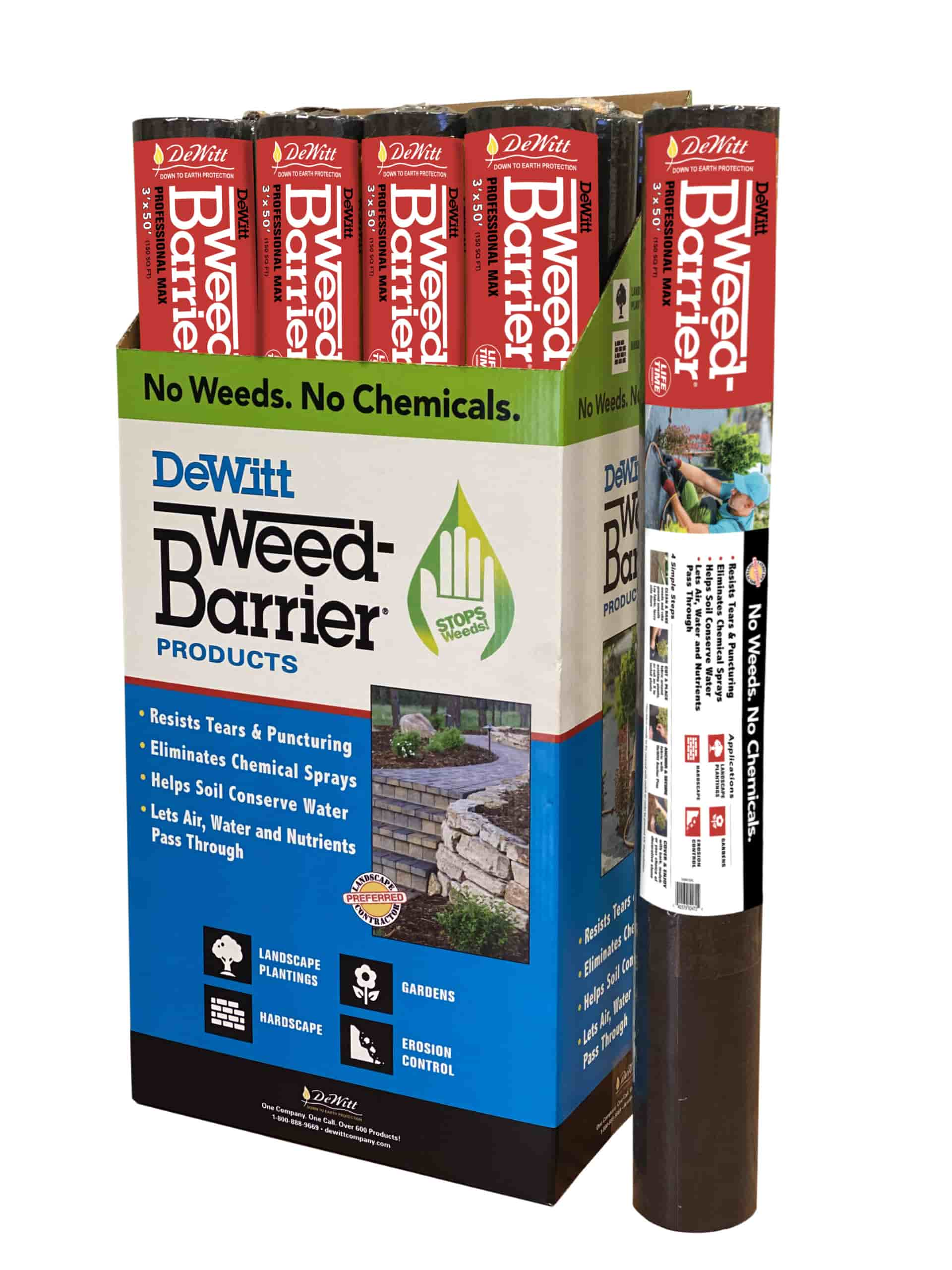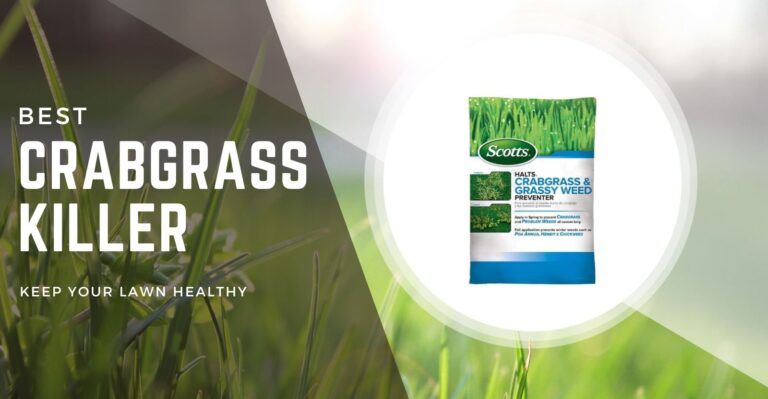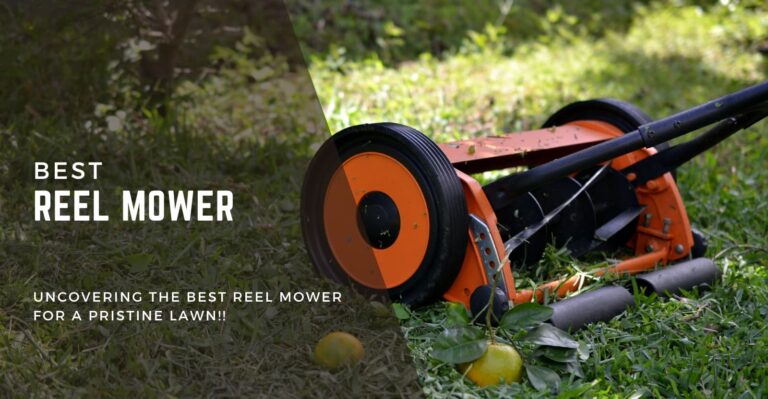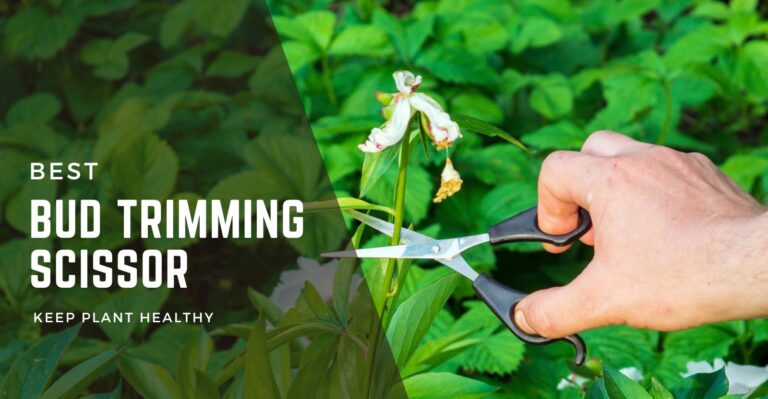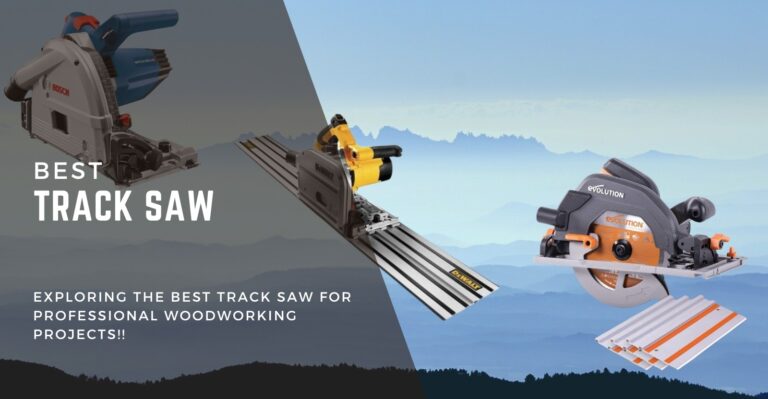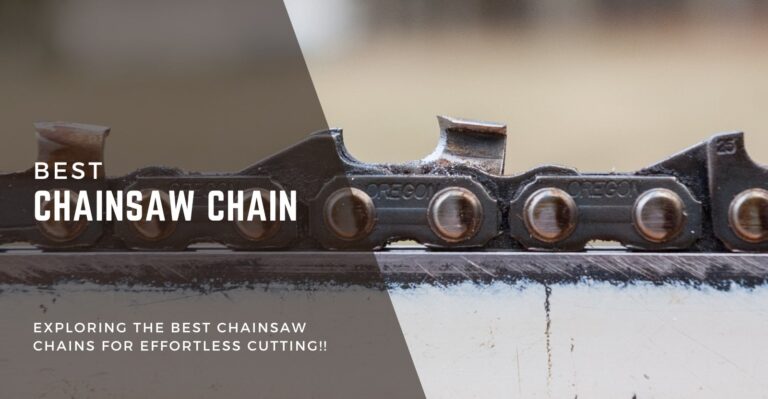Amazon has put together some great Home Gift Deals – save money and get your shopping done at the comfort of your home! Click here to see deals on Amazon
Weeds are a problem for every gardener. Although weed is a plant, it’s something you don’t want in your beautiful garden. Controlling weed can take lots of time and sometimes may feel like an impossible situation to resolve.
If you have an aggressive weed growing in your yard, then regardless of how many times you remove it, it just keeps coming back. When weed starts encroaching precious garden space, you need to become proactive and not let the situation go that far.
We have reviewed the 7 best weed barriers that you can check out below. If you’re in a rush, you can confidently pick from our quick picks list below or keep reading the full review and buyers guide.
Let’s dive in.
Quick Picks
We may earn a small commission, at no cost to you, when you buy from our link to support us. More
HOOPLE Premium Pro Garden Barrier
High-quality, durable fabric that makes it easy to install and prevents weeds from growing in gardens for an extended period.
Mutual Woven Geotextile Fabric
Versatile and useful weed fabric that can be used in any garden to prevent weeds from growing. It comes 6 feet wide and 300 feet long in size.
DeWitt Ground Cover Weed Barrier
Reasonably priced and environmentally safe fabric that controls weeds before they start. The treated fabric prevents damage from UV lights.
Top Weed Barrier You Can Buy Today
Product
Name
Detail
Price
- 3 ft x 250 ft size
- 4 ft x 50 ft size
- 6 ft x 50 ft size
- 6 ft x 300 ft size
- 3 ft x 250 ft size
- 100% Jute Made
- 3 ft x 180 ft size
Our Top Pick
Mutual Woven Geotextile Fabric is our top pick for the weed barrier and landscape fabric. It’s made with woven geotextiles that prevent soil erosion and are highly effective in controlling weeds.
The multipurpose use fabric saves time and money on landscaping as it effectively separates the aggregate and subgrade layers.
It works without any issue when used under paves or stone and holds the soil in place. The quick and easy installation and durable quality fabric prevent weeds from growing underneath the fabric.
What is a weed barrier?
The weed barrier is a preventive fabric that you use in a garden to prevent weeds from growing. Many people also call it a landscape fabric. It prevents the plant from growing in your yard without using any harsh chemicals or needing constant maintenance.
A weed barrier is a part of the protective maintenance of your garden. It’s an effective solution to reduce maintenance time.
Despite all these benefits, you need to know how to use it properly to get the best result. If you misuse it, then it may cause more headaches than solving the weed problems.
We have covered later the proper way to install and use the weed control barrier. Also, check out some buying considerations to find the most suitable product for your garden.
What to consider when buying Weed Barrier
Barrier Size
It’s vital to choose right barrier size as it helps prevent need for multiple cuts which makes installation easy.
UV Protection
Barrier is used outdoor where it get exposed to sunlight. UV protection coating prevents the damage to fabric.
Eco-Friendly
A biodegradable weed barrier is eco-friendly that won’t harm the environment.
Have a question about buying a weed barrier? Contact us
Best Weed Barrier Review
1. Ecogardener Garden Weed Barrier
Ecogardener Weed Barrier
Ecogardener Weed Barrier is a sturdy and simplistic barrier that you can use around flowerpots, edible plants, or raised garden beds. It can control the toughest weed, and the premium quality material makes it very durable and long-lasting.
It comes in two sizes. For small yards, you can buy it in 3ftx50ft size whereas, for medium to large yards, you can buy it at 3 ft x250 ft length. The fabric is very sturdy and lightweight.
The mat lets the air and water pass through it. This allows the soil to retain moisture and remain fertile for the other plants. The durable and sturdy design of the mat lets you install it easily without needing any specialized tool.
It has a dual-layer of woven and non-woven material. To improve the airflow and for optimal aeration, it has a pre-needle punched in it.
The fabric is made with premium-grade 100% Polyproylene and is very sturdy. You can use it in any climatic condition and easy to cut.
Like other plastic-made barriers, it frays when you cut. But you can fix it using heat to seal the area or dual fold and then use a staple to hold the barrier.
It’s also non-biodegradable, and you need to cover it with mulch. Otherwise, the fabric gets damaged by excessive sunlight exposure.
See More Information about Ecogardener Weed Barrier
Pros
Cons
2. DeWitt Ground Cover Weed Barrier
Thick Weed Barrier
The barrier from Dewitt is made of durable quality material. What’s great about Dewitt is that you can use this fabric on all kinds of projects, including landscaping.
It’s made with a nonwoven hydrophilic treated process that allows the air and water to pass to the soil. Its thick protective coating prevents the light from passing and stops the weed growth.
The unique UV-resistant coating makes it durable and long-lasting even when it gets exposed to direct sunlight.
It comes in a 4×50 feet size that is enough for any small to medium size garden. If you need a cover for a bigger yard, you can also overlap the fabric and cover the required area.
The superior design of the weed cover gives it an edge over conventional landscape fabric. The use of the spun-bond method makes a robust 3-ply layer of weed protection. It stops the toughest weed from growing underneath it.
The unraveling design of the fabric makes it easy to cut. You get a 12-year money-back warranty against premature decay due to sunlight. Just make sure you keep the receipt.
See More Information about DeWitt Ground Cover Weed Barrier
Pros
Cons
3. Landmaster WeedBlock Fabric
Commercial Grade Landscape Fabric
Landmaster Weedblock is a dual-purpose fabric for both landscaping and weed control use. It allows you to control weed without using any harmful chemicals and is ideal to use around flowerbeds and edible gardens.
The spun-bond fabric is lightweight and easy to install. It blocks the sunlight from reaching the weeds while allowing air and water to flow to the soil. It maintains the ground to remain healthy and support other plants.
It’s made of premium-grade material that smothers the weeds below the fabric and prevents it from emerging. The slightly porous structure encourages the root growth of the desirable plants by maintaining moist soil.
You can use it in sunlight without much worry as it’s UV-treated polyethylene. The patented “Microfunnel” allows the air, water, and nutrients to flow to the soil. It conserves the moisture in the ground while stopping weed growth.
The micro funnel design allows the air to circulate the soil that prevents souring or mildewing. The fabric can block up to 92% of visible light that stops the weed from growing.
Overall, this is an excellent weed blocker that is easier to install and prevents weed growth. Make sure to put mulch on the top for it to remain effective. You can easily cut it to your desired size and install it without much hassle.
See More Information about Landmaster Weedblock Fabric
Pros
Cons
4. Mutual Polyethylene Woven Geotextile Fabric
Garden Weed Protector
The Mutual Geotextile fabric is made from a high-quality polypropylene material that resists damaging UV lights. The unique protective coating prevents biological decay and rotting.
You can use it as a stabilization and separation fabric between the weeds and plants. For landscaping purposes, you can use it under pavers or stones, and it helps hold soil in place.
The high-quality woven fabric stabilizes the ground foundation and provides sturdy separation between aggregate and subgrade.
It measures 6 x 300 feet that are good for any medium to large size yard. It’s very sturdy and doesn’t rip even when stretched. When you cut the edge, it frays but not excessively. You can heat treat the edges to seal it.
The pores in the fabric are small, and water drains through it quickly. It comes in a roll that allows you to install it quickly and cut it with a sharp knife or scissor.
It’s made of high-quality polypropylene, that lasts longer and stops weed from growing through the fabric. It’s a great weed blocker for any small size yard in a home or residential area.
See More Information about Mutual Geotextile Fabric
Pros
Cons
5. Dewitt Weed Barrier Fabric
Top Weed Barrier For River Rock
Dewitt weed barrier fabric is a 3×250 ft heavyweight landscape fabric. It’s made of polypropylene and has a woven needle punch for aeration. The dark black color on the backside of the fabric blocks the light from reaching the weed plants.
The tiny pores allow the water and nutrients to reach the soil. It helps maintain healthy ground moisture. When you pour water on the fabric, it drips through it slowly. Any excessive water washes away or collects on the top.
The installation is easy, and the fabric is sturdy and well made. You can use a sharp knife or scissors to cut through it and get your required size.
It has a smaller size than some other weed protectors, but it’s suitable for small yards. However, you can overlap the tarp to cover a bit wider area.
The fabric has plastic strips on the surface and is fluffy at the bottom. You can use it around the flower beds or edible gardens and get the right growing plants while stopping weeds from taking hold in the area.
The thicker and heavier fabric stops the even tougher weeds from passing through it. The material doesn’t have any UV coating on it, so you have to make sure that you layer it up with mulch. It prevents the fabric from getting exposed directly to the sunlight that can deteriorate it.
See More Information about Dewitt Weed Barrier Fabric
Pros
Cons
6. Afula Natural Burlap
Best Natural Barrier Fabric
Afula Natural Burlap is made from 100% jute. It’s an eco-friendly and biodegradable fabric that you can use in your garden.
Now, it won’t be as effective in controlling weeds as other industrial-grade polypropylene materials. But you won’t be having any drawback of using a synthetic material.
Many people prefer to use it when they need some barrier for a small vegetable patch or flower bed. It looks natural, and even if you don’t top it up with mulch, it won’t create an ugly sight in your garden.
The burlap has continuous non-stretch fabric with natural color and organic look. You can use it in your garden to protect your plants or smother smaller weeds. It won’t be beneficial on sturdier weeds but can be useful in most small gardens.
The burlap is 40 inches wide and 5 yards long. It’s folded and shipped in a secure poly bag. The installation isn’t as easy as some rolled-weed fabrics, but it’s meant to be used in smaller garden areas anyway.
It’s an open-weave burlap, so it has large enough gaps for weed to pass through it. But you can put mulch or other biodegradable material such as newspapers or cardboard and make a thick layer that can prevent the grass from growing.
See More Information about Afula Natural Burlap
Pros
Cons
7. HOOPLE Premium Pro Garden Weed Controller
Best Weed Barrier Under Gravel
Hoople heavy-duty landscape fabric and weed control are made of premium-grade material. You can also use it as landscape fabric and use it under rocks and gravel to keep control of dirt erosion and ensure proper drainage.
This heavy-duty, extra-thick fabric allows water and nutrients to flow to the soil while minimizing the sunlight to the weed. This deprives the germinating weed seeds of sunlight and kills it.
The weed fabric gets weak when it gets exposed to sunlight and other climatic conditions. This makes the material get torn easily and allows the weed to grow through it.
The heavy-duty and durable material means the fabric will last longer without getting torn or allowing weeds to grow. The use of polypropylene gives it resilience and strength.
It stands out from its competitor as it controls soil erosion. The stable soil provides better support for growing plants.
The installation is straightforward, and you don’t need any specialized tools to get started. The easy-to-install roll makes it easy to place it in flower beds and gardens.
It has a soft texture and handles the weight of rocks and gravel without getting torn. We found the quality to be far better than landscape fabrics you may find in your local hardware stores such as Home Depot or Lowes.
You can use it with complete confidence in any small to medium size garden. Given the use of premium quality material, the fabric is reasonably priced.
The UV stabilized coating makes it sturdy and durable under sunlight. For added peace of mind, it comes with a 5-year warranty.
See More Information about Hoople Landscape Fabric
Pros
Cons
Best Weed Control Barrier Buyers Guide

What are the different types of weed barriers?
Weed barriers come in different materials and sizes. There are four types available in the market.
1. Fabric Weed Barrier
The fabric weed control is the most common landscape fabric you can find in-home hardware stores. These are made with durable synthetic material and have a coating of polyethylene materials.
The fabric barrier is handy in blocking out weeds and allows the ground to retain water by reducing evaporation. It has a breathable fabric that allows the water to reach the roots of the plant.
If you’re using any fertilizer or mulch, it can get through the fabric to enrich the soil. The fabric barrier black color also blocks the sunlight that stops weed from getting much-needed sunshine and hinders its growth for a weed-free garden.
2. Plastic Weed Barrier
The plastic weed controller is beneficial in smothering weeds. It helps retain the sunlight closer to the ground and prepares the soil for early planting.
The plastic is non-porous, so it prevents water from passing through it. Gardeners use it for plants that have some irrigation system setups, such as drip irrigation.
The plastic weed controller is durable and long-lasting. Most plastic barriers use a material that is also tear-resistant. However, it usually costs a bit more than other types of barriers.
3. Homemade Barrier
The homemade barrier is the easiest way you can make a weed blocker at home. You can use household items such as newspapers, garbage bags, or sheets of cardboard to make a homemade barrier.
It can be useful in most types of weeds and work best in a smaller area. But you have to be careful as it can give your garden a messy look.
4. Organic Barrier
The use of organic barriers works best when it comes to controlling weeds. These barriers include mulch, peat moss, leaves, and other natural materials that prevent weeds from establishing roots in the garden.
The organic barriers give you a beautiful natural look to your garden and are biodegradable. It means you don’t need cleaning afterward.
A thicker patch of mulch or leaves prevents water and sunlight from reaching the weeds. Once the plants have died down, you can easily remove it by tilling the soil.
Why should you choose the weed barrier?
The use of the weed control barrier is a bit controversial. There is one group of gardeners who think the weed barrier is unnecessary and, sometimes, does more harm than good.
They claim that perennial weeds have deep roots, and they can easily surpass the barrier to grow through sideways or find a small opening to start growing again.
Moreover, the fabric reduces the air from reaching soil that may cause the plant to get infected with disease and fungus.
There are some merits in the claim made by opponents of the barrier, and there are pros and cons of using it. But for most gardeners who are dealing with a weed problem, the weed barrier can provide some relief.
There are multiple reasons why you should choose a barrier. Some benefits of weed weeder are
- It’s easy to install and can help control weed without needing to use harmful chemicals
- It reduces the time required for yard maintenance
- It makes it easy to remove the weed
- It’s useful in controlling weed germination and growth
- It keeps the soil most as the fabric reduces the evaporation and holds the water in the ground
- It also helps regulate the temperature in the land by trapping heat in winter and shading from the heat in the summer
- The barriers are long-lasting. It means you invest it once, and you get long-term benefits
However, you should also be aware of some side effects of using a barrier.
- It reduces friendly worm in the soil. The worms help maintain fertility in the land. The barrier makes it hard for them to come on the surface or suffocate them in the ground
- The barriers often get entangled with the growing plants or stick in the soil. It makes it difficult to remove if you need to do any landscaping or change the layout of the garden
- You have to use other materials such as mulch to hide the barrier. A weed barrier without mulch looks very artificial, and the mulch prevents it from damaging sun rays
- Weed barriers, if not correctly laid out, can disrupt the nutrient cycle in the soil. It hampers the growth of weeds and other plants that you want to keep
The above drawbacks of the barrier shouldn’t stop you from considering it used in your garden to make it weed-free. There are steps you can take to mitigate the disadvantage and get the most benefits out of it.

Things to know when buying a weed barrier
Here are a couple of factors to consider when picking out the barrier for your needs.
Material
The weed controller is made of different types of materials. Most major retailers sell landscape fabric that you can use as a weed barrier but not all landscape barrier is suitable as a weed barrier. Make sure the fabric is made of thick, high-quality material.
Barrier Size
You should consider the size of the place where you want to roll the barrier and get the proper length that fits in that area. It reduces the time needed to make multiple cuts to the fabric to fit and makes it easy to install.
When you cut the weed fabric, it often frays. You may have to seal it using a lighter to prevent fraying. Minimizing cutting needed to fit the barrier saves you money and time during the installation.
Easy Installation
The ease of installation is vital if you’re planning to install it yourself. Hiring a professional landscaper is costly and may not fit in your gardening schedule.
Choosing a fabric that isn’t very stiff and easy to install is essential. You should be able to install a barrier by following the instruction given later in the article.
Eco-Friendly
The eco-friendliest barrier is natural types, but it may not be possible to use sometimes, and it’s also not a long-term solution.
The eco-friendly barrier is biodegradable and doesn’t do any harm to the environment. Most fabric-type barriers except plastic made are eco-friendly.
UV Protection
The barrier is used outdoor where it gets exposed to sunlight. The Ultra Violet (UV) rays from the sunlight damage the fabric, and it starts to get crack or break easily.
The UV protection layer on top of the barrier reflects the harmful UV rays and improves the life of the fabric.
Durability
A good barrier lasts longer without you needing to maintain it or change it regularly. Most manufacturers provide a warranty that can range from anywhere from 5 years to 20 years. The endurance of the barrier depends on the material.
Buying a durable barrier with a longer lifespan gives you the confidence that it will last without you needing to replace it.
How to install a weed barrier
Installing a barrier isn’t tough, but sometimes depending on the layout of your garden and your experience, it can become challenging.
To get started with installation, you have to prepare the ground and remove any sharp objects or bushes that may damage the fabric. Before you get started, make sure you pick the right material for your garden.
At most garden centers, you may see many weed barriers on display. Make sure you pick the good quality thicker material that doesn’t tear easily and lasts longer.
You don’t want to cheap out on the material as it will be ineffective, then you have to spend time replacing it with a worn-out barrier.
A good quality barrier lasts longer, and some even come with a warranty of up to 20 years. You can also reuse it if you need to change the area.
Despite how sturdy the fabric is, you have to keep it away from sharp rocks and roots to prevent it from getting damaged.
Here are the materials you need
- Landscape fabric
- Fabric staple
- Garden Hoe
- Steel rake
- Hammer
- Scissor/Knife
- Mulch
Step 1: You have to prep the soil and the area where you want to lay the barrier. Remove any existing weeds, grass, and debris using a garden hoe or shovel.
Add fertilizer and amend the soil if needed. You can use a soil pH tester to get an accurate measurement of the soil condition.
You can rake the area thoroughly and remove existing weeds, twigs, stones, and sharp objects from the garden. Then level out the land or any steep hill. Make sure to dispose of weed safely to prevent its seeds from spilling.
Step 2: Measure the width of the land and make sure the fabric is wide enough to cover the required width. If the material can’t cover the area thoroughly, then you have to overlap it at least 6 inches.
Also, leave about 2 inches around the edges to help secure it afterward, so it doesn’t move.
Step 3: Use a staple or large nail and hammer it down through the weed fabric at one end. This helps you to stretch it easily from the other side. If you have any large tree or plant, cut the fabric to accommodate it.
Make a large enough cut, so the plant has enough space to grow and expand. Use a pin or nail to anchor around the loose corners of the fabric.
You have to secure the fabric, so it doesn’t blow off with winds. You can place the staple or large nails around 10 to 12 inches at the outside and 14 to 16 inches in the center.
Step 4: If you have plants ready, then now is the time to plant it in the cut holes. You can then cover the fabric with 2 to 4 inches of mulch.
A thick layer of mulch prevents the weed from growing while allowing water to pass through to the soil.
What is the difference between landscape fabric and weed barrier?
The landscape fabric is the same as a weed barrier, but it’s not designed to prevent weed growth. Usually, the landscape fabric is a low price and made of thinner quality material.
The weed barrier is usually more durable and made from thicker material. It controls weeds and has very fine mesh in the fabric that prevents the weeds from passing through the structure but allows the water and air to move and support the plant.
It’s also safe for vegetable and flower gardens. It’s a natural way to control the weeds as you’re not using any herbicide in your garden.
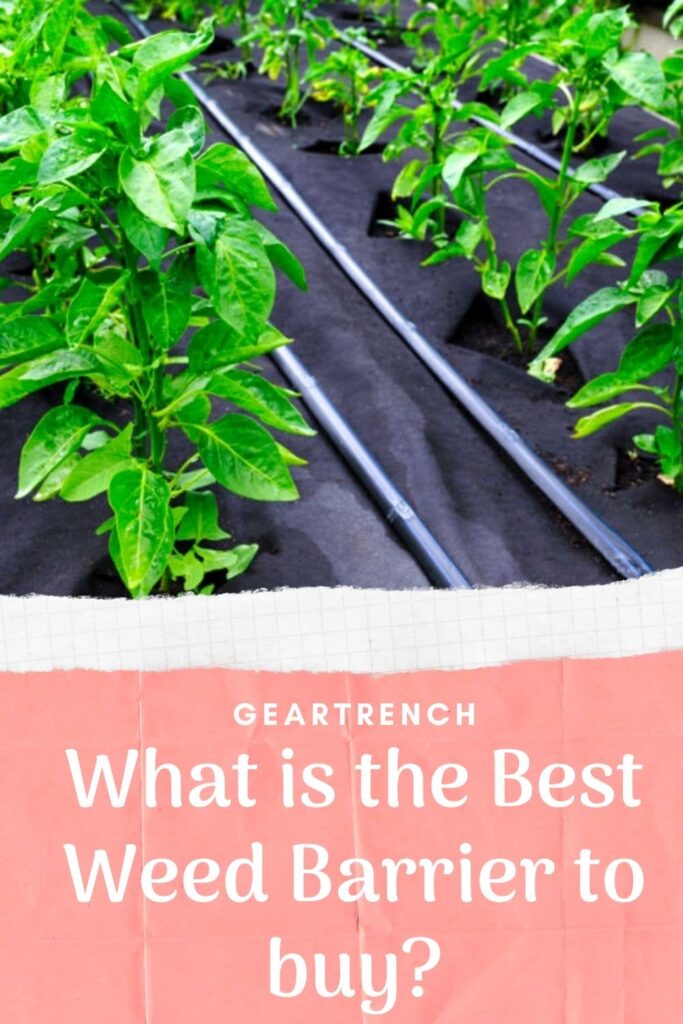
Don’t forget to share this post

